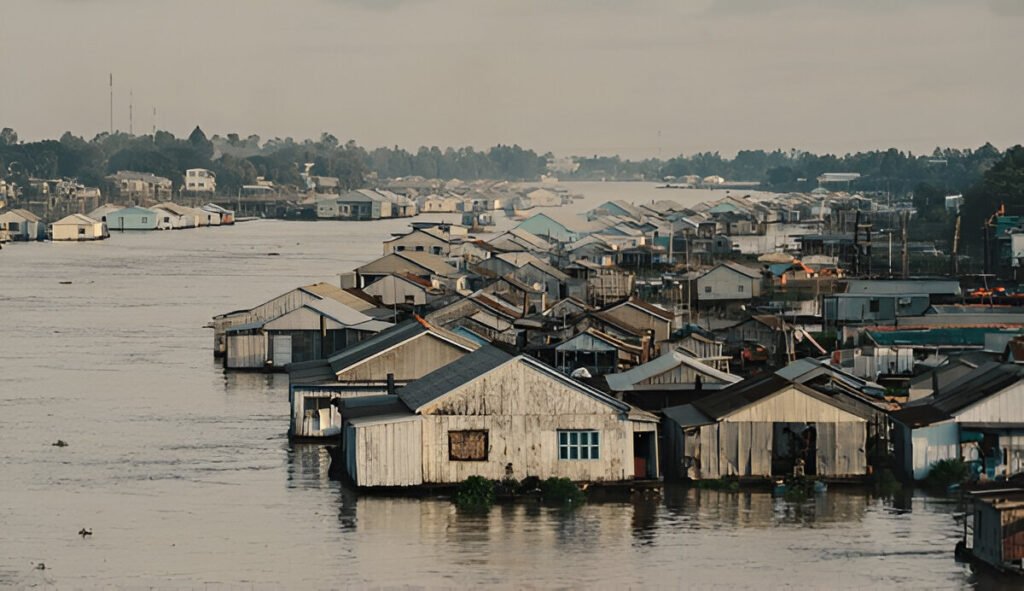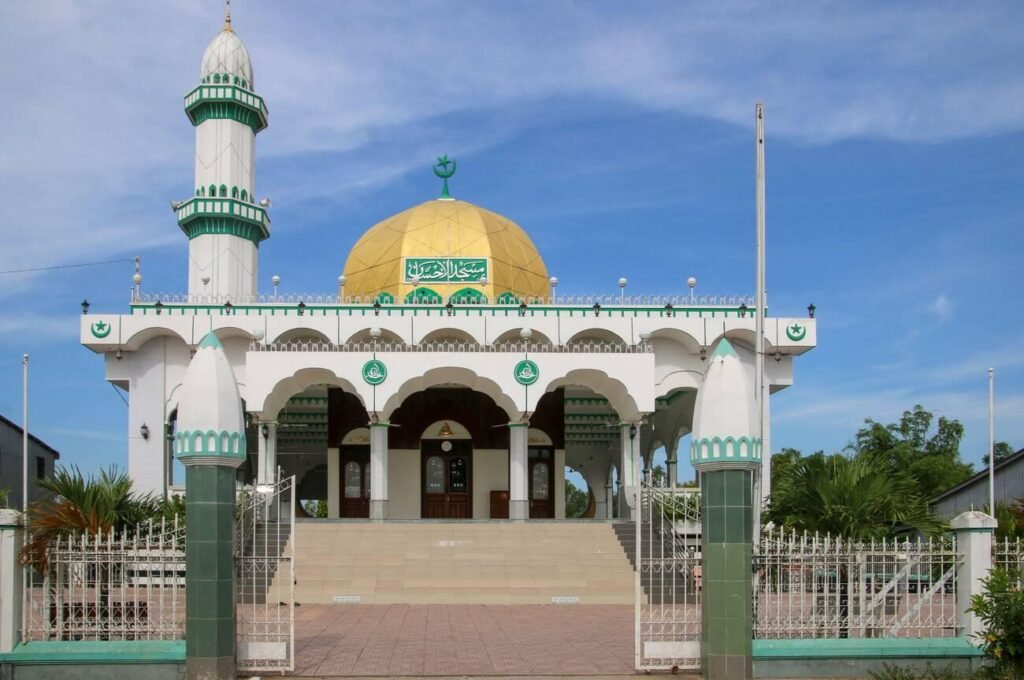Introduction:
Cambodia is renowned for its rich cultural heritage, steeped in a diverse history that dates back thousands of years. Nestled in the heart of this vibrant nation is the Angkor Borei Museum, an archaeological gem that offers glimpses into Cambodia’s pre-Angkorian history. Situated in the Takeo province, about 80 kilometers south of the bustling city of Phnom Penh, the Angkor Borei Museum is a must-see destination for history buffs and curious explorers alike. The museum is a testament to Cambodia’s archaeological and cultural significance, displaying artifacts that predate the world-renowned Angkor Wat.
Discovering Cambodia’s Hidden Past at Angkor Borei Museum
The Angkor Borei Museum, with its red brick architecture and traditional Cambodian design, offers a timeless journey into Cambodia’s past. A walk through the museum reveals a treasure trove of artifacts ranging from ancient pottery, jewelry, sculptures to inscriptions, all excavated from the nearby archaeological site of Phnom Da. The exhibits tell stories of Cambodia’s pre-Angkorian civilization, highlighting the cultural, economic, and religious aspects of life during that period.
While exploring the museum, one can’t help but notice the meticulous detail in the craftsmanship of the artifacts. Be it the intricate design of the jewelry or the symbolism embedded in the sculptures, each piece speaks volumes about the sophistication of the pre-Angkorian civilization. The museum also hosts a replica of a traditional Cambodian house, taking visitors back in time to experience the lifestyle of ancient Cambodians.
Reliving Pre-Angkorian Cambodia: A Journey through Angkor Borei Museum
The Angkor Borei Museum is not just a museum, but a time portal that transports its visitors back to the pre-Angkorian era. The exhibits tell tales of ancient trade, culture, rituals, and the evolution of the Khmer kingdom. They serve as a testament to the extensive knowledge and skill of the ancient Cambodians, from their mastery of metalwork to their understanding of agriculture and water management.
Visitors can also partake in workshops and educational programs aimed at providing a deeper understanding of the pre-Angkorian civilization. These interactive experiences, combined with the wealth of information provided by the exhibits, ensure an immersive historical journey for all.
Description of the Attraction:
The Angkor Borei Museum is a captivating blend of history, culture, and architecture. It houses an impressive collection of antiquities, each with a tale of its own. The artifacts, displayed in glass cases, range from pottery and tools to intricate jewelry and sculptures, all relics of the pre-Angkorian era. Significant exhibits include ancient inscriptions, which offer insights into the language, rituals, and beliefs of the time.
The museum’s architecture is another aspect that draws in visitors. Its traditional design, inspired by Cambodian temples, and the red brick facade, seamlessly blend with the lush green surroundings. The museum also hosts a replica of a traditional Cambodian stilt house, offering a peek into the everyday life of ancient Cambodians.
Things to Do:
A trip to the Angkor Borei Museum is not just about viewing artifacts. Visitors can also attend workshops and educational programs that delve deeper into Cambodia’s pre-Angkorian history. The museum regularly organizes pottery-making classes, giving visitors a hands-on experience of the ancient craft. Guided tours are also available, offering detailed insights into the exhibits and the history they represent.
Local Tips:
The best time to visit the museum is during the dry season, from November to April, as the weather is pleasant. Lightweight, comfortable clothing and good walking shoes are recommended as you’ll be on your feet for quite some time. Bringing a camera is also a good idea to capture the museum’s architectural beauty and the breathtaking views of the surrounding landscape.
How to Get There:
The Angkor Borei Museum is accessible by car or bus from Phnom Penh, with the journey taking approximately two hours. Alternatively, several tour operators offer guided trips that include transportation, ensuring a comfortable and hassle-free experience.
Nearby Attractions:
After your visit to the Angkor Borei Museum, consider exploring the nearby Phnom Da archaeological site. Here, you can see the remnants of ancient temples and structures, providing a further glimpse into Cambodia’s historical heritage. Additionally, the peaceful town of Takeo, with its friendly locals and rustic charm, is worth a visit.
Conclusion:
Angkor Borei Museum offers a unique and enriching experience, shedding light on an often overlooked chapter of Cambodia’s history. Its fascinating exhibits, educational workshops, and serene natural surroundings make it a must-visit destination for both history enthusiasts and casual tourists. So, embark on this timeless journey and immerse yourself in the ancient charm and beauty of Cambodia’s pre-Angkorian era.






